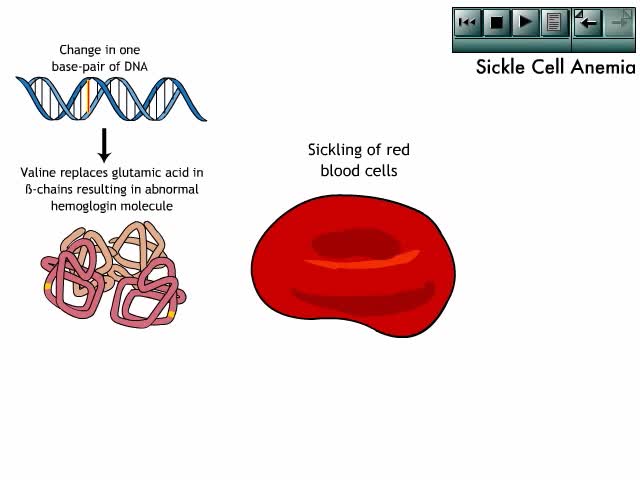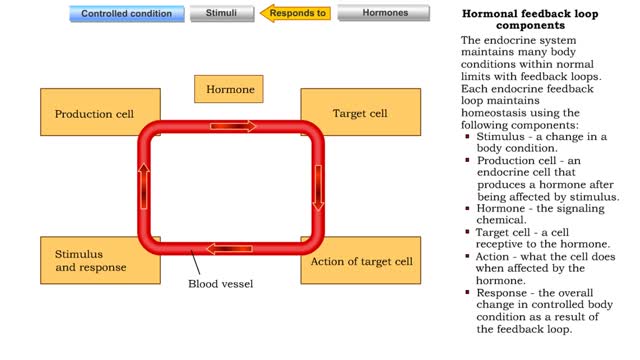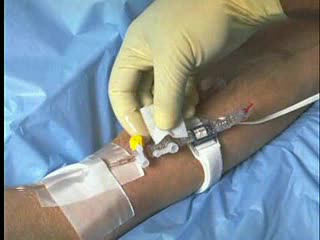Search Results
Results for: 'antigen presenting immune cell'
Osmosis - Isotonic, Hypotonic, and Hypertonic Solutions
By: HWC, Views: 11081
Isotonic: Equal Water moves in and out of the cell at an equal rate. The cell remains unchanged. Hypotonic: "hypo" hippo Water moves into the cell, making it swell and get fat (like a hippo). Eventually the cell can rupture and burst (aka lyse). Hypertonic: "like a raisin" Water leaves...
By: Administrator, Views: 13987
The clinical manifestations of sickle cell anemia result from pathologic changes to structures and systems throughout the body.
By: HWC, Views: 11536
• Inflammation is an immune response that can occur anywhere in the body, but is observed most frequently on the skin. • It provides early protection by preventing infection from spreading to other parts of the body. • Inflammation also promotes repair of damaged tissues. Inflammat...
Type of Cell Junctions - Desmosome, Hemidesmosomes and Gap Junctions
By: HWC, Views: 11330
Cell Junctions: Cell junctions are found in some multi-cellular organisms. They exist of complexes and are found between cells and between cells and other structures. The junctions provide a way for cells to connect and exchange signals. What are tight junctions, desmosomes, and gap junctions...
Hormonal feedback loop components
By: HWC, Views: 11151
The endocrine system maintains many body conditions within normal limits with feedback loops. Each endocrine feedback loop maintains homeostasis using the following components: ■ Stimulus - a change in a body condition. ■ Production cell - an endocrine cell that produces a hormone after b...
By: Administrator, Views: 14691
Leukemia is a type of cancer that affects the blood and bone marrow. Leukemia begins in a cell in the bone marrow. The cell undergoes a change and becomes a type of leukemia cell. Once the marrow cell undergoes a leukemic change, the leukemia cells may grow and survive better than normal cells.
Transferring genes into plants Animation
By: HWC, Views: 8421
Researchers extract DNA from an organism that has a trait they want to introduce into a plant. The genetic donor can be a bacterial cell, a plant cell. or even an animal cell. The desired gene will be transferred into a plasmid, a small circle of bacterial DNA. The gene is cut out of th...
Introduction to Sickle Cell Anemia
By: Administrator, Views: 14511
Sickle cell anemia (sickle cell disease) is a disorder of the blood caused by an inherited abnormal hemoglobin (the oxygen-carrying protein within the red blood cells). The abnormal hemoglobin causes distorted (sickled appearing under a microscope) red blood cells.
Endocytosis -Types and Phagocytosis
By: HWC, Views: 11041
Endocytosis is the process by which a substance is brought inside a cell without having to pass through the cell membrane. It is the opposite of endocytosis, the process by which substances exit the cell without having to pass through the cell membrane. Exocytosis – membrane-enclosed secret...
Advertisement











